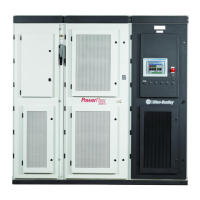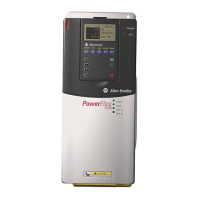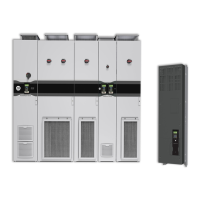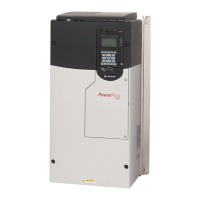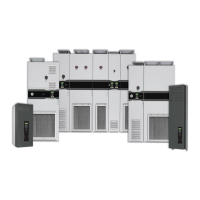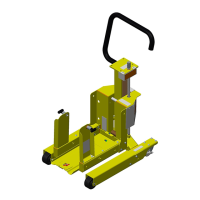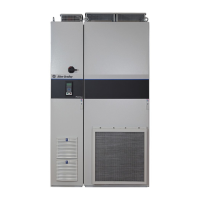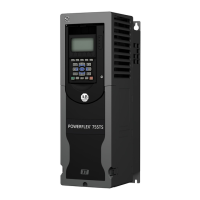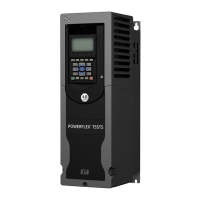2-122 Parameter Descriptions
7000-TD002A-EN-P – September 2007
Motor Overload Minimum [Mtr OvrLoad Min]
Linear Number: 350
Default Value: 1.05 pu
Minimum Value: 0.00 pu
Maximum Value: 4.00 pu
Access Level: Advanced
Read/Write: Read/Write
This parameter specifies the minimum per unit value of the motor current which is regarded as an
overload condition. When the motor runs with a current less than the parameter setting, the overload
algorithm is not activated.
Motor Overload Warning [Mtr OvrLoad Wrn]
Linear Number: 351
Default Value: 0.50
Minimum Value: 0.00
Maximum Value: 1.00
Access Level: Advanced
Read/Write: Read/Write
This parameter specifies when the drive will issue a Motor overload warning.
Motor Thermal Cycle [Mtr Thermal Cyc]
Linear Number: 771
Default Value: 600.0 Sec
Minimum Value: 0.0 Sec
Maximum Value: 6000.0 Sec
Access Level: Advanced
Read/Write: Read/Write
This parameter specifies the overload duty cycle for the motor. It is defined as the time interval after
which the motor could be subjected to its maximum overload capacity without exceeding the thermal
ratings. The default value is 10 minutes which means that the motor can handle 1 minute of overload
every 10 minutes. However for Banbury mixers and other heavy duty applications, the overload cycle
could be less than 10 minutes.
Motor Stall Delay [Mtr Stall Dly]
Linear Number: 191
Default Value: 2.0 sec
Minimum Value: 0.0 sec
Maximum Value: 10.0 sec
Access Level: Advanced
Read/Write: Read/Write
This parameter specifies the time the motor must be in a stall condition before a motor stall fault is
indicated. If the tachometer option is enabled, the motor is considered to be stalled if the drive is in torque
limit at any speed less than 1 Hz. If the tachometer option is not enabled, the motor is considered to be
stalled if the drive is at commanded speed and the motor flux is 20% of the rated flux. A stall cannot be
detected until the drive reaches the commanded speed because the motor may already be rotating when
the drive is started. In this case, if the motor speed is above the commanded speed, or the motor is
rotating in opposite direction, a stall fault will occur.
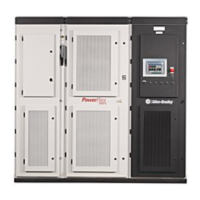
